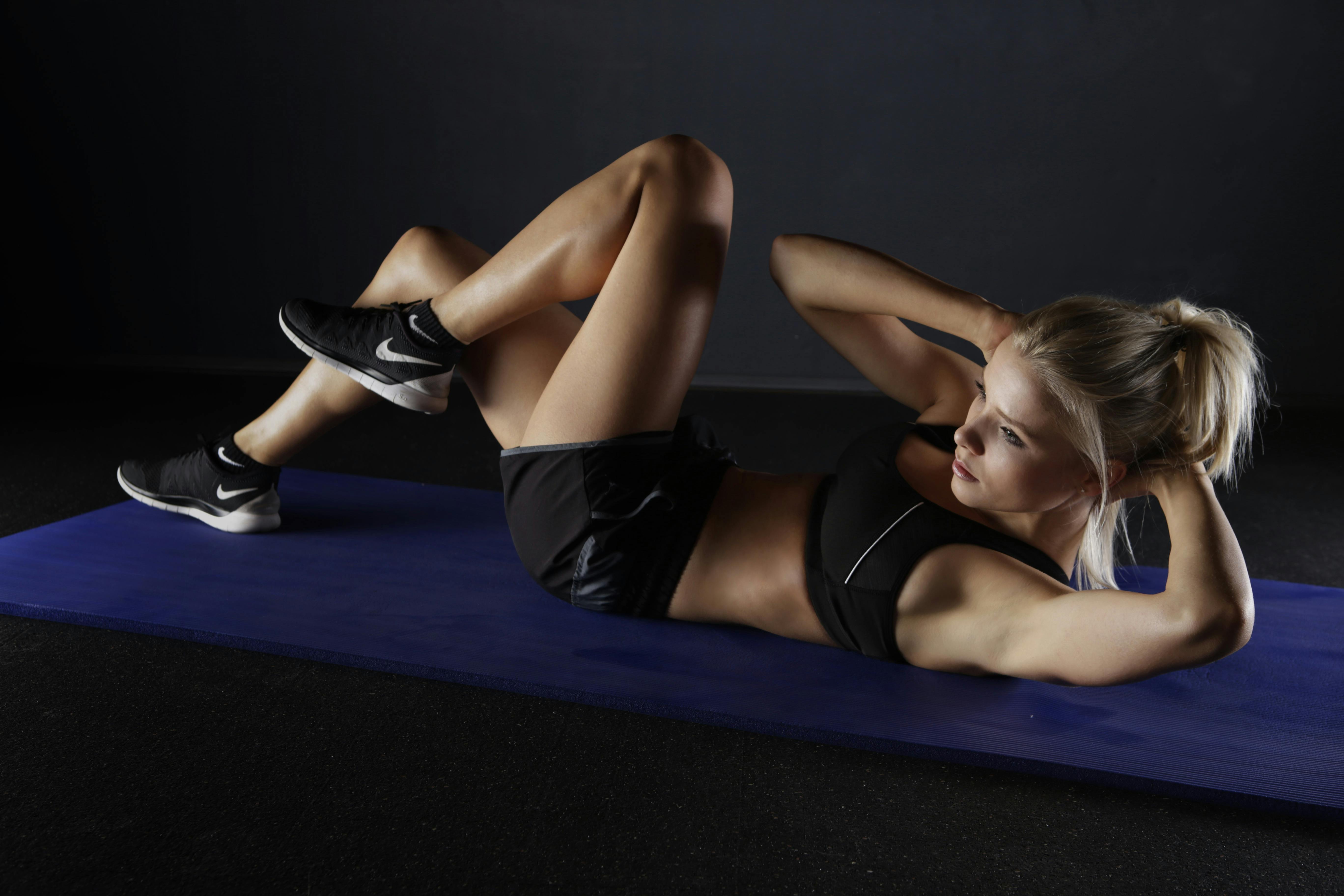Unraveling the Potential of Functional Fitness: An Insight into Sustainable Health
Our modern, sedentary lives have led to a surge in lifestyle-related health issues. One solution that has gained traction in recent years is functional fitness. This method of exercise aims to build a body capable of doing real-life activities safely and efficiently, without causing injury. But what exactly is functional fitness? What are its benefits and challenges? And most importantly, does it hold up against scientific scrutiny?

Unearthing the Roots of Functional Fitness
Functional fitness traces its origins to rehabilitation therapy. Therapists would create exercises that mimicked what patients did at home or work to help them return to their lives or jobs after an injury or surgery. Over time, it has evolved into a fitness trend that focuses on improving the overall quality of life and physical performance.
The Science Behind Functional Fitness
Functional fitness exercises train your muscles to work together, simulating common movements you might do at home, work, or in sports. According to a 2018 study published in the Journal of Exercise Rehabilitation, functional fitness exercises improve overall strength, flexibility, endurance, and balance. Another study in the Journal of Strength and Conditioning Research found that functional fitness could help older adults improve their physical function and reduce the risk of falls.
The Pros and Cons of Functional Fitness
Functional fitness exercises can make everyday activities easier, reduce the risk of injury, and improve quality of life. They’re especially beneficial for older adults, helping them maintain their independence for longer. However, functional fitness exercises can be challenging for beginners and require proper form and technique to avoid injury.
Practical Tips for Starting Functional Fitness
- Begin with a professional: When starting functional fitness, it’s essential to work with a fitness professional who can guide you through proper form and technique.
- Start slow: Don’t rush into complex movements. Begin with simple exercises and gradually add more complexity.
- Listen to your body: Always pay attention to how your body responds to the exercises. If something doesn’t feel right, it probably isn’t.
The Sustainable Health Impact of Functional Fitness
Functional fitness is more than a fitness trend; it’s a sustainable approach to health and wellness. By focusing on exercises that improve our ability to perform everyday activities, we can enhance our quality of life and long-term health. So, while the journey of functional fitness might be challenging at first, the rewards in terms of improved strength, flexibility, and overall health are well worth the effort.




